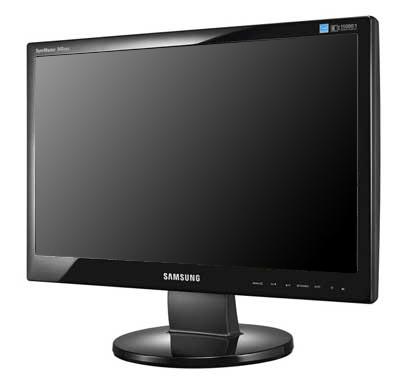Outdoor Digital Signage – High Brightness Screens
Posted by: Richard Williams | Posted on: | 0 Comments
Taking a screen outdoors has many advantages, especially for advertisers. High footfall and audience numbers and the lack of other digital competition can make an outdoor digital signage campaign very rewarding.
Outdoor digital advertising is also a 24-hour medium with night time providing more opportunities as the back lit screens make them even more vibrant at night.
Outdoor screens do, however, face a lot of challenges. Not only do you have the weather to defend against: rain, snow, sleet etc, but also temperatures can vary from one extreme to the other. Furthermore, an outdoor screen also needs physical protection as commonly they are in unsupervised areas and can fall prey to vandalism (and sometimes theft).
For this reason many people use an LCD enclosure to provide protection against al these elements and ensure the screens are operable no matter the ambient conditions; however, one challenge of using outdoor displays can often get missed – sunlight.
Sunlight can cause several problems for using a screen outdoors. Firstly, direct sunlight can cause glare as the sun’s reflection bounces off the face of the screen, and while this can be easily rectified by slight angulation of the screen from the path of the sun, or by using anti-reflective glass.
But the sun can cause other troubles too. If the sun is directly on an LCD, or is in a location where it is particularly strong, it can cause overheating. Whilst most LCD enclosures will include cooling systems to transfer away heat, if the sun is direct on the screen, that do can get hot and lead to permanent burn marks on the face of the screen.
Many LCD enclosure manufacturers can, however, provide solutions to this, but the problems caused by sunlight do not stop there.
A common problem with outdoor screens is dimness of the display, often caused by the higher brightness of the sun. And in locations that are very bright during the day, no amount of angling will improve the situation.
For bright areas, the best solution is to install a high brightness screen inside the LCD enclosure. High brightness screens are two-three times brighter than conventional LCD displays, which commonly produce 500 nits (unit of brightness) output compared to a high brightness that can exceed 1200 nit. This is enough to counter the sun and ensure the screen is visible no matter how bright the day is.
Post shortlink:
Popular Products
LCD Enclosure
Need armor for your LCD/LED screen(s)? Outdoors or inside the versatile LCD enclosure protects against thieves, vandals & the weather. Installation idea: NFL stadiums.
Outdoor Digital Signage
Exclusive 46” outdoor screen protection. Dubbed the ‘Totem’, due to its distinct design, it repels damage threats, but attracts audiences. Installation idea: Drive-thru restaurants.
Portrait Flat Panel Enclosure
Safeguard your eye-level advertising display screen(s), indoors or outdoors. Completely customizable, add exciting features like touch screen technology. Installation idea: Restaurant frontages.
Indoor Digital Signage
Popular purchase for retail outlets! Great for ‘point of sale’ persuasion, boost your brand with static & motion advertising from a single unit! Installation idea: Mall of America.





